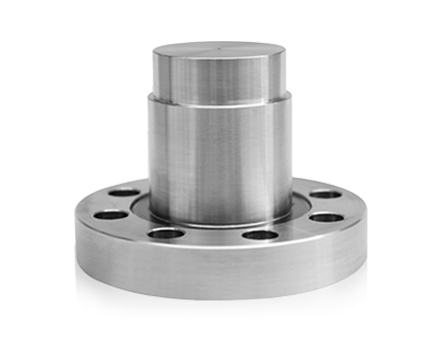Food-grade valve components are specifically designed to meet stringent sanitary requirements, ensuring that the flow of fluids is controlled without contamination risks. This article explores key types of ball valves suitable for sanitary environments, focusing on metal seated floating ball valves, extended body ball valves, and metal seated ball valves.

Importance of Food-Grade Valve Components
Sanitary environments demand valve components that can withstand frequent cleaning, high temperatures, and exposure to various chemicals while preventing any microbial growth or product contamination. Food-grade valves must comply with industry standards such as FDA and EHEDG guidelines, which dictate materials, surface finishes, and design features that support hygiene and cleanability.
Valve components made from stainless steel or other corrosion-resistant materials are commonly used due to their ability to resist rust and maintain surface integrity during rigorous cleaning cycles. Moreover, the sealing and seating materials must be non-toxic and compatible with food-grade applications.
Metal Seated Floating Ball Valve
One widely applied design in sanitary systems is the metal seated floating ball valve. This valve type features a ball that “floats” and is pressed against the valve seats by the pressure of the fluid, creating a tight seal. The metal seat enhances durability and wear resistance, making it suitable for systems where abrasive fluids or higher pressures are present.
The metal seated floating ball valve stands out for its ability to maintain sealing integrity even under challenging operating conditions. Unlike soft seats that may degrade or deform over time, metal seats provide a stable sealing surface that resists damage from heat and mechanical wear.
This valve type is commonly used in applications where sterilization is performed frequently, as its construction supports high-temperature steam cleaning. Its floating design allows for slight axial movement of the ball, accommodating thermal expansion and ensuring consistent sealing performance.
Extended Body Ball Valve
Another option for sanitary applications is the extended body ball valve. This valve features an extended valve body that provides greater space between the pipeline and the ball mechanism. The extended design simplifies maintenance and cleaning processes, reducing areas where residue or bacteria could accumulate.
Extended body ball valves facilitate easier disassembly without disrupting pipeline connections, which is beneficial in environments requiring regular inspections or part replacements. Their design reduces dead zones—areas where fluid may stagnate—thereby less contamination risks.
In sanitary applications, the extended body ball valve is often paired with smooth, crevice-free surfaces to enhance cleanability. The valve’s body and internal components are typically made from stainless steel with polished finishes, complying with food safety standards.
Metal Seated Ball Valve
The metal seated ball valve is also a reliable choice for sanitary environments where durability and chemical resistance are required. This valve differs from the floating design as the ball is fixed, and the seats are spring-loaded to maintain contact with the ball, ensuring a consistent seal.
Metal seated ball valves offer stability in conditions with fluctuating pressures and temperatures. The rigid ball seating reduces wear and tear, extending service life, especially in applications involving abrasive or corrosive fluids.
In food-grade environments, metal seated ball valves are engineered with hygienic design principles, including smooth surfaces and small crevices to prevent contamination. Their robust construction suits aggressive cleaning regimes and frequent sterilization cycles.
Key Considerations for Sanitary Valve Components
When selecting ball valves for sanitary applications, several factors must be evaluated:
Material Compatibility: Components should be fabricated from materials approved for food contact, such as stainless steel grades 316 or 304, known for corrosion resistance and cleanability.
Surface Finish: Polished or electropolished surfaces help reduce microbial adherence and simplify cleaning.
Sealing Materials: Seals and seats must be made from food-grade elastomers or metals compatible with the application and cleaning chemicals.
Design Features: Valves should have smooth internal surfaces with small dead spaces, facilitating full drainage and cleaning.
Ease of Maintenance: Designs like extended body ball valves enable easier maintenance without pipeline disassembly, reducing downtime.
Food-grade valve components are essential for ensuring sanitary conditions in processing environments where hygiene is non-negotiable. Among the valve types suitable for these settings, metal seated floating ball valves, extended body ball valves, and metal seated ball valves each offer specific advantages. Their materials, sealing mechanisms, and designs contribute to maintaining cleanliness, supporting sterilization processes, and preventing contamination.
Choosing the right valve component involves balancing operational needs with hygiene requirements, considering the nature of the fluids handled, pressure and temperature conditions, and cleaning protocols. Properly selected and maintained sanitary valve components support both product quality and regulatory compliance in food-grade applications.